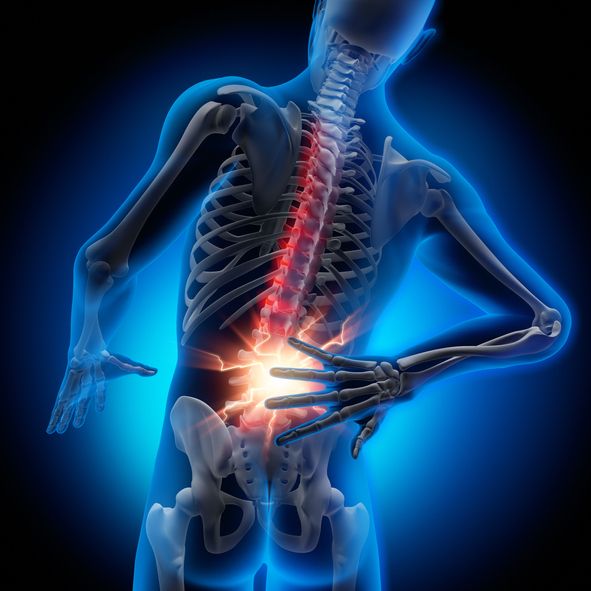Why You Need to Know About panchakarma treatment?
Why You Need to Know About panchakarma treatment?
Blog Article
Lower back pain is something that a number of us experience at some point in our lives, with as much as 85% of grownups handling it. Whether it's a dull, nagging ache or a sharp, consistent pain, it can be exceptionally disruptive. Most of the time, it stems from problems in the lower spinal column, tense muscles, or perhaps nearby organs. While conventional treatments focus on managing signs, integrative techniques like Ayurveda, Yoga, and Acupuncture dive much deeper, addressing both the physical discomfort and the emotional toll that pain can take on us.
What Causes Lower Back Pain?
Lower neck and back pain can originate from a range of sources, such as:
● Problems in the back spinal column: Issues with the vertebrae or discs in the lower back.
● Muscle pressure: Overworked or inflamed muscles from poor posture, overexertion, or stress.
● Nerve compression: Commonly caused by a herniated disc pressing on nearby nerves.
● Internal organ issues: Pain referred from organs in the pelvic or abdominal region.
If your pain is severe, lingers despite rest, or comes with symptoms like leg pain, numbness, weakness, or unexplained weight loss, it's important to see a doctor.
How Ayurveda Can Help
Ayurveda, with its holistic and time-tested solutions, uses natural options for dealing with lower neck and back pain. Here are some therapies that can help:
● Kati Basti: This involves applying warm, medicated oil straight to the lower back. The heat and oil collaborate to relieve stiffness, promote blood circulation, and soothe pain.
● Elakizhi: Medicated herbal leaves are used in a hot compress to relieve muscle stress and promote recovery.
● Panchakarma (Basti): This treatment uses a medicated enema to calm Vata dosha (among the body's energy types). Vata imbalance is typically connected to neck and back pain, and Basti helps bring back balance, lower swelling, and prevent recurrence.
Acupuncture for Pain Relief
Acupuncture is another effective way to manage pain in the back. By
placing fine needles into specific points on the body, acupuncture:
● Stimulates the release of endorphins, the body's natural painkiller.
● Improves flow and decreases inflammation in the afflicted area.
● Works hand-in-hand with Ayurveda to use a well-rounded and efficient pain management solution.
Yoga for Long-Term Relief
Yoga matches Ayurveda and Acupuncture, offering a way to handle pain on a daily basis. It assists by:
● Stretching and enhancing the muscles: Yoga positions can assist improve flexibility and ease stress in the back.
● Breathing exercises and meditation: These practices relax the mind, decrease stress, and support your body's natural recovery process.
While yoga alone may not totally remove the underlying reasons for lower back pain, it can substantially relieve pain and assistance keep a healthy, pain-free ayurveda migraine treatment back gradually.
A Holistic Approach for Lasting Relief
By integrating Ayurveda, Yoga, and Acupuncture, you're not simply dealing with the symptoms-- you're addressing the source of lower back pain. These treatments work together to balance the mind and body, providing a more natural and thorough solution to pain relief. With this integrative technique, you can find not just physical relief but also a higher sense of well-being and balance in your life.
If you're trying to find a long-term, holistic method to handle your lower back pain, these treatments could be the answer.